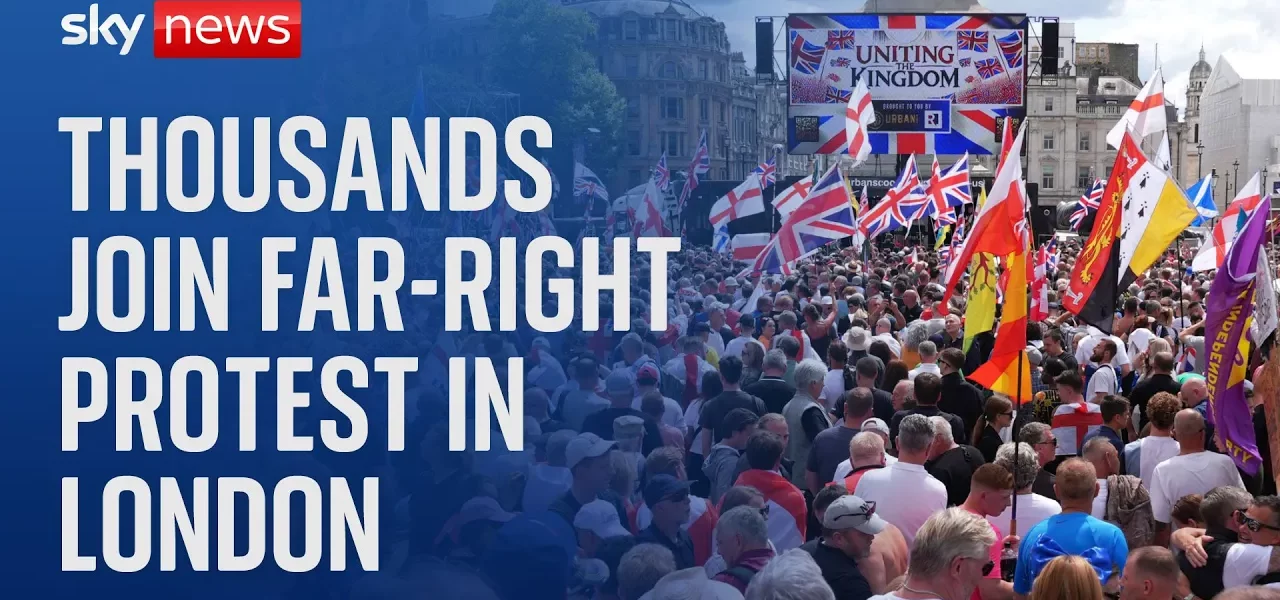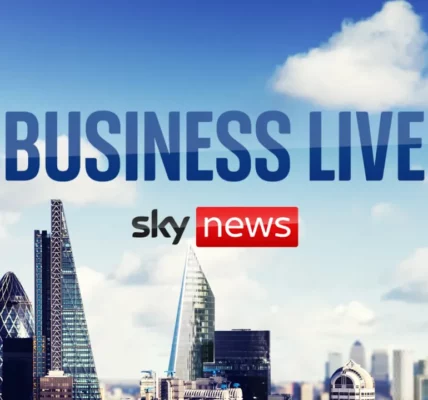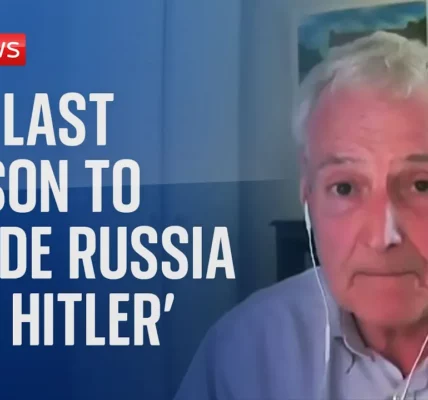Thousands Protest in Central London Led by Tommy Robinson

This article provides an in-depth analysis of the recent far-right protest in London, highlighting the events that unfolded, the responses from counter-protesters, and the role of law enforcement in maintaining order amidst rising tensions.
Introduction
On a notable afternoon in London, thousands gathered for a far-right protest led by activist Tommy Robinson, sparking significant public discourse and concern. The protest was met with a robust counter-demonstration advocating for anti-racism, highlighting the deep divisions present in society regarding immigration and national identity. This article delves into the details of the protests, the sentiments expressed by participants, and the overall impact on the community and law enforcement’s response to the situation.
Overview of the Far-Right Protest
Tommy Robinson, a prominent figure in far-right activism, called for supporters to join him in a demonstration that he claimed would be the most significant of their lives. The turnout was substantial, with estimates suggesting that between nine to ten thousand individuals participated, marching through Central London towards Trafalgar Square.
Key Messages and Themes
The protest featured several key messages, with the most prominent chant being “We want our country back.” This slogan encapsulated a widely held sentiment among participants regarding their dissatisfaction with the current political landscape and perceived loss of national identity. Many supporters expressed feelings of disenfranchisement, claiming that the government was not acting in their best interests.
Nature of the Protest
While the protest remained largely peaceful, it was not without its controversies. Some participants engaged in offensive anti-Muslim chants, which drew criticism from various sectors of society. The police presence was significant, with over a thousand officers deployed to maintain order and prevent any potential clashes between the opposing groups.
Counter-Protests and Opposition Sentiments
In response to the far-right gathering, anti-racist counter-protesters organized their own demonstration nearby. Their presence was a clear indication of the societal rift regarding issues of race, immigration, and national identity.
Messages from Counter-Protesters
Counter-protesters carried banners with slogans such as “No to racism, no to hatred,” emphasizing their commitment to multiculturalism and the importance of immigration as a valuable asset to the UK.
Personal Testimonies
Many counter-protesters shared their personal motivations for attending, expressing feelings of fear and isolation in the current political climate. They voiced the need for solidarity against what they perceive as hate and division. One activist noted:
“For me personally, it’s about feeling hopeful and not feeling alone in a scary environment. We need to show that most people in the UK are anti-racist.”
Police Response and Public Safety Concerns
The Metropolitan Police were tasked with ensuring safety during the protests, emphasizing the need to keep opposing sides apart to prevent violence.
Incidents and Arrests
Despite the efforts of law enforcement, tensions flared at times. One notable incident involved a counter-protester carrying a Palestinian flag, which provoked anger among Robinson’s supporters. This led to a need for police intervention to ensure the individual’s safety.
Violence and Injuries
Reports indicated that a counter-protester suffered significant injuries during the clashes. Two individuals were arrested on suspicion of grievous bodily harm, highlighting the potential dangers of such highly charged events.
Conclusion
The protests in London, led by Tommy Robinson, illustrate the ongoing societal tensions surrounding national identity and immigration policy. The contrasting views of the far-right supporters and anti-racism advocates highlight a divided public sentiment. As we reflect on these events, it is evident that dialogue and understanding are crucial to bridging these divides. We encourage readers to engage in discussions about these important issues and to consider the ways in which they can contribute to a more inclusive society. For more insights on political activism and community engagement, explore our related articles on the site.
“`




